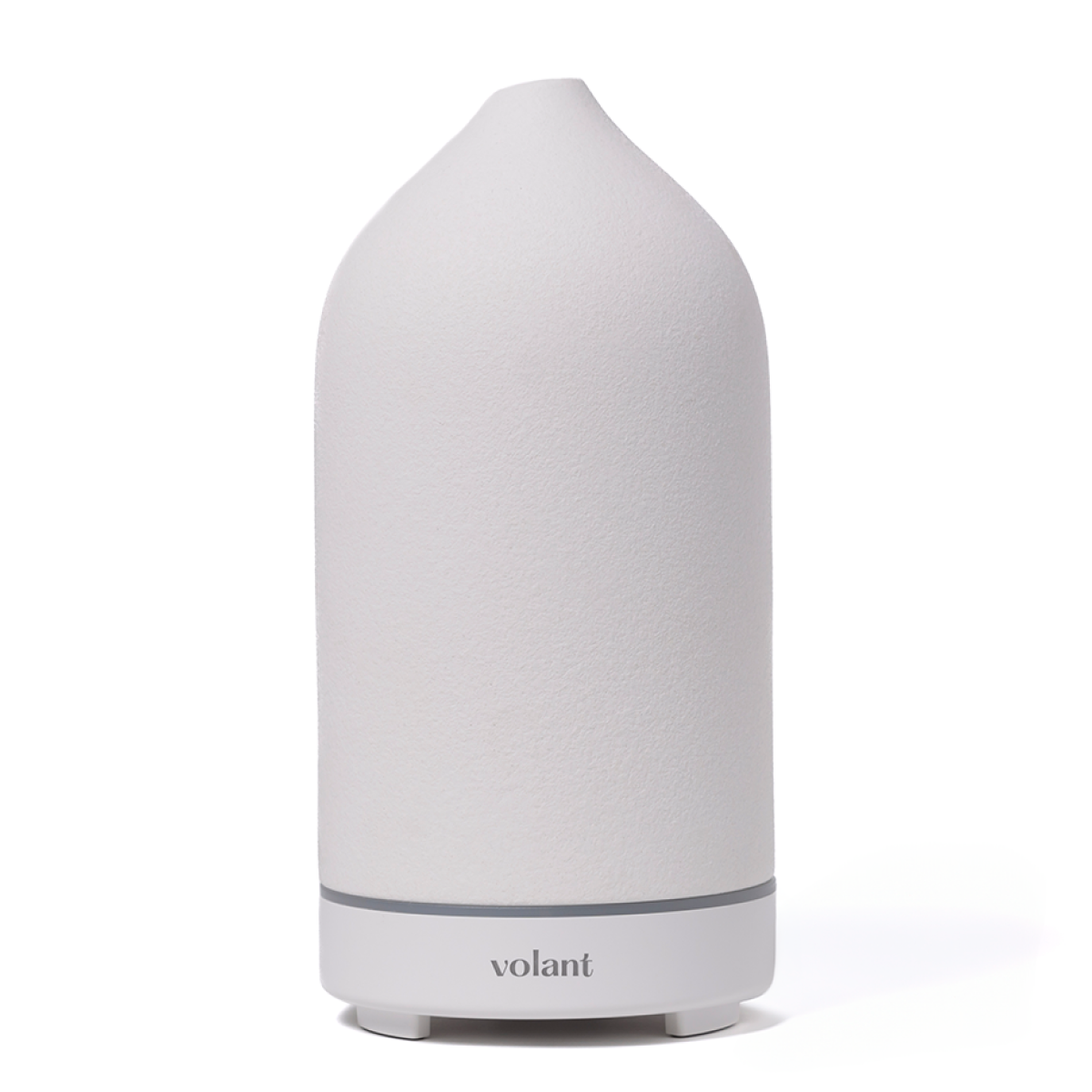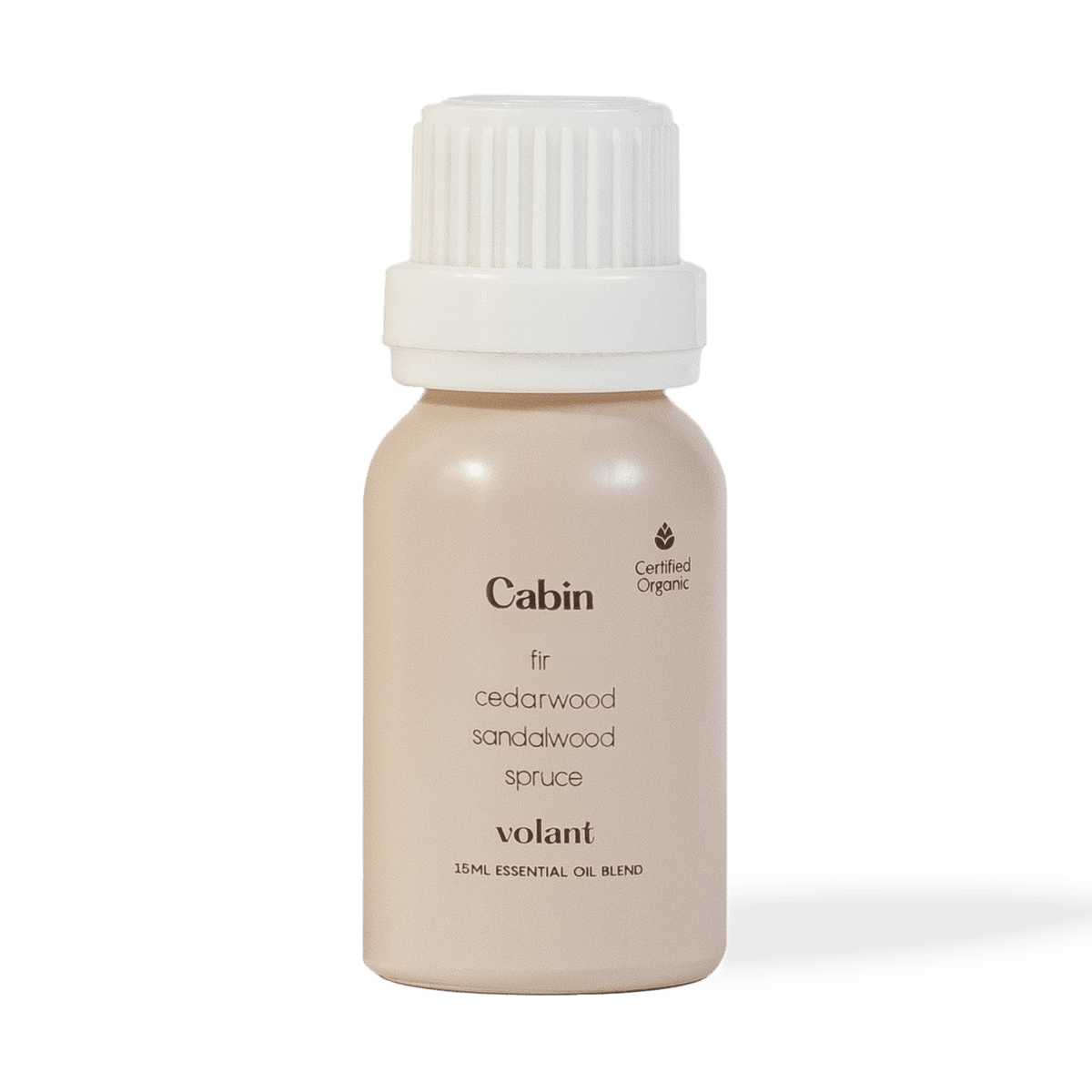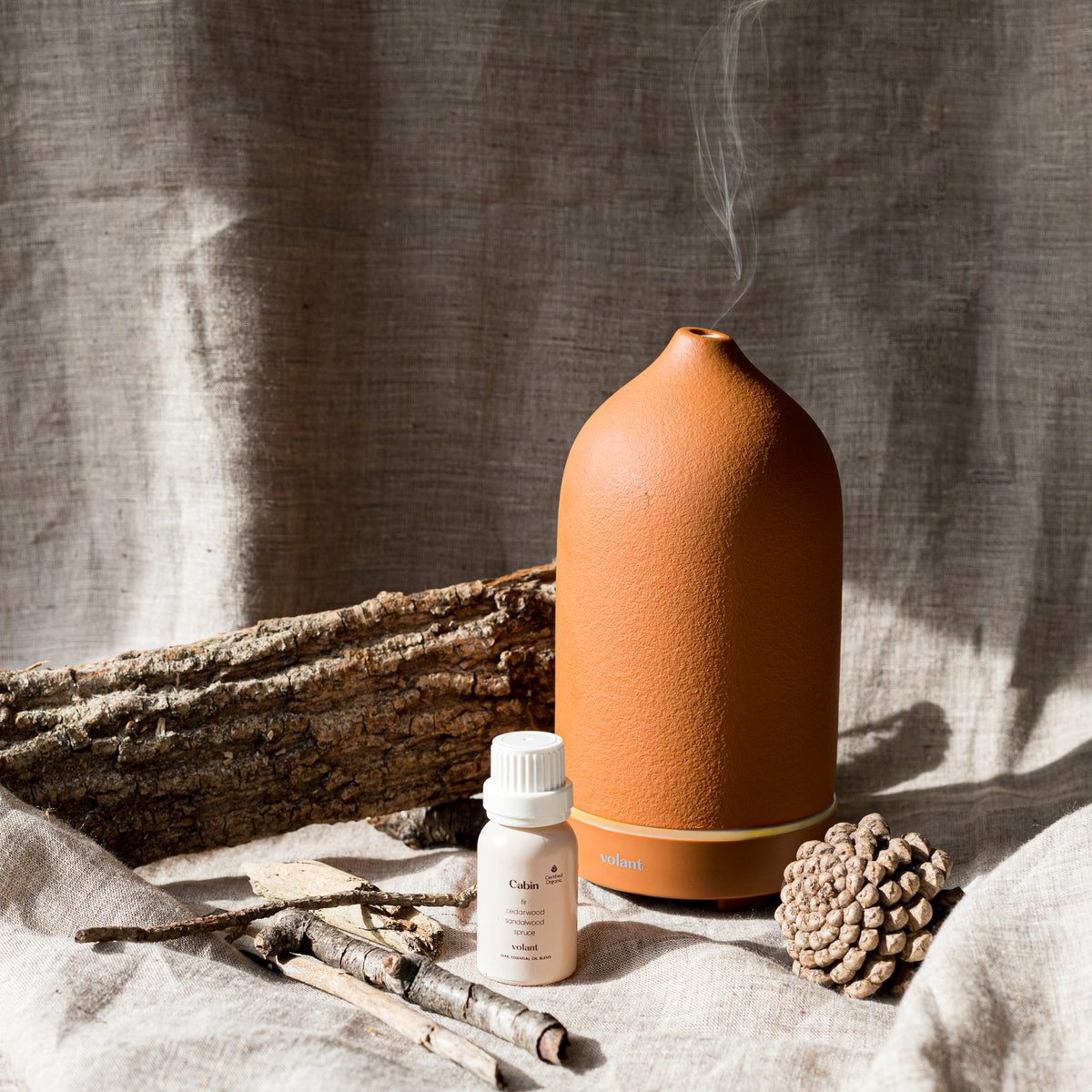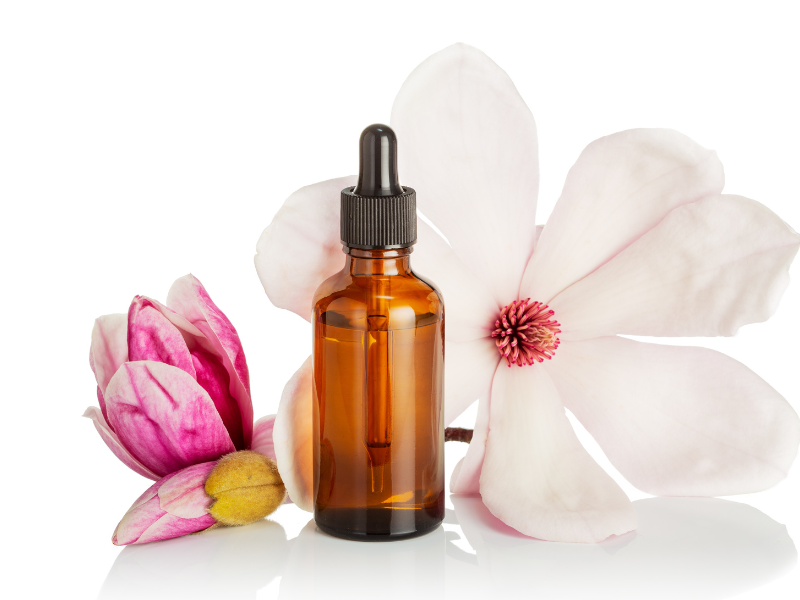What is sandalwood essential oil?

Sandalwood is probably one of the most used essential oils worldwide. The fragrance can be found in many everyday products such as perfume and air fresheners. Sandalwood comes from the wood and roots of the Santalum album tree, also known as East Indian sandalwood, or Santalum spicatum which is Australian sandalwood. Although many other types of trees are also considered “sandalwood”, East Indian sandalwood has the highest content of santalol, sandalwood’s main distinctive compound.
Sandalwood is considered one of the most valued trees in the world with various uses around the globe. Sandalwood is considered a holy tree and traditionally, the wood and oil were used as incense in religious rituals such as weddings and births in India and many Eastern countries. Today, the oil is used to treat a number of health issues and is used in perfumes, cosmetics and aftershave.
Sandalwood essential oil - quick facts
🪵 Latin name: Santalum album, Santalum spicatum
🪵 Also known as: Chandana, candrah, East Indian sandalwood
🪵 Countries of origin: 🇮🇳 India, 🇮🇩 Indonesia, 🇦🇺 Australia
🪵 Scent note: Base
🪵 Annual production:15,000 tons
🪵 Popular uses: Aftershave, health care, cosmetics
How is sandalwood essential oil made?

Sandalwood oil is extracted from the wood and roots of the Santalum album tree through a steam distillation process. Santalol and santalene are the main active compounds found in sandalwood essential oil, along with dozens of other minor sesquiterpenoids such as linalool, nuciferol, nerolidol and eugenol, among others.
Steam distillation is the most common form of extraction as it collects the oil in its most natural and purest form. Steam vaporizes the plant material’s volatile compounds and eventually goes through a condensation and collection process which is the point where the oil is then bottled as pure essential oil, infused into soaps, perfumes, cosmetics and more.
Benefits of sandalwood essential oil

Sandalwood essential oil has a wide range of benefits, which is why it is one of the most popular essential oils in the world.
Some of the main benefits of sandalwood oil include:
- 🪵 Relaxing and calming properties
- 🪵 Spiritual benefits
- 🪵 Skin care properties
- 🪵 Anti-aging properties
- 🪵 Respiratory-enhancing effects
- 🪵 Being an aftershave ingredient
Let's look at each of these benefits of sandalwood oil in more detail.
Relaxing and calming properties of sandalwood essential oil

Sandalwood essential oil is often used to induce relaxation and relieve stress, anxiety and depression. A small amount of sandalwood essential oil can help calm anxious and restless nerves.
Sandalwood essential oil spiritual benefits

Sandalwood has been used for thousands of years for religious purposes, and it is still highly prized today for its use in spiritual practices and for its grounding effects during prayer or meditation.
Sandalwood for skin

Sandalwood has chemoprotective properties (it protects the cells against abnormal growth) and is widely used in facial remedies. The alpha-santolol in sandalwood acts as a tyrosinase inhibitor, reducing skin hyperpigmentation and making it useful for lightening the skin. Dry, itchy skin can also be soothed and moisturized with sandalwood essential oil.
The antiviral and antiseptic properties found in the oil have been found to prevent replication of common viruses like the herpes simplex virus that causes cold sores. It’s also an antifungal agent, fighting Candida which causes various nail and foot fungus and helping get rid of common warts. Sandalwood also fights skin bacteria that are often responsible for skin infections. It also reduces inflammation from mild skin irritations; so, it’s a good idea to pack some into your travel bag.
Anti-aging properties of sandalwood essential oil

Sandalwood has antioxidant and anti-inflammatory properties which can help protect the skin, reduce age-related skin damage from free radicals and soothe irritated skin. Interestingly, even just smelling sandalwood can help reduce age-related hormonal changes which affect muscle mass!
Respiratory-enhancing effects of sandalwood essential oil

The common cold is a viral infection in the upper respiratory tract and sandalwood is great when it comes to fighting respiratory pathogens like a cold as it contains high levels of antiviral, antiseptic, and antioxidant properties. Sandalwood may also help those with seasonal allergic rhinitis (seasonal allergies or hay fever) to breathe better.
Aftershave sandalwood

Man, do we love a man that uses aftershave. Sandalwood is an earthy scent that men and women alike love as an aftershave scent. Not only will the scent be a great substitute for cologne, but the antibacterial, antioxidant and anti-inflammatory effects of the oil will keep your skin healthy and free of irritation.
How to use sandalwood essential oil
Sandalwood essential oil can be used in a variety of ways, depending on its intended purpose.
Here are some of the most common ways to use sandalwood essential oil:
- 🪵 Aromatherapy
- 🪵 In the home
- 🪵 Topically
Let’s look at each of these uses of sandalwood essential oil in more detail.
Aromatherapy

Aromatherapy is the oldest method of using sandalwood. They used to burn the wood, but today, you can transform your spiritual practices by adding a few drops of sandalwood essential to your diffuser and turning it on.
If you just want to relax, diffuse some sandalwood, then grab a book or put on your favorite movie, sit back and relax while you enjoy the calming effects of the oil. Apart from calming the mind, using sandalwood essential oil in aromatherapy is known to have sedative effects which means you’ll get all the beauty sleep you need. It’s the perfect therapy for those who suffer from insomnia or who just need help winding down after a busy day. Diffuse it in your bedroom as you get ready for bed or throughout the night to help you sleep.
If you don’t have a diffuser, you can inhale sandalwood essential oil by rubbing a drop or two between your palms and cupping your hands over your nose and mouth, inhaling deeply several times. This might be a quick fix to reduce stress and anxiety on the fly when you’re at work or out and about. Keep a bottle handy in your handbag if this is your preferred method.
If you suffer from seasonal allergies or have a cold, try either of the above methods to help open your lungs, kill germs, reduce stuffiness and enjoy the calming effect of the oil so that you can recover properly.
In the home

The antiviral and antiseptic properties found in sandalwood make it a popular choice to use in household cleaning products. You can add a drop or two to your products before any household chores. And that’s not all, you’ll enjoy the glorious woody scent of the oil as it fills your living space, making your home feel like a grounded haven.
Topically

Make the most of the antiseptic and protective effects of sandalwood essential oil by diluting a drop or two into your lotion or cleansers.
Using sandalwood essential oil topically is a great way to soothe and moisturize dry, itchy skin, soothe eczema, acne, psoriasis, or help treat warts. Dilute your sandalwood essential oil to about 1.5% (that’s about 2-3 drops per tablespoon of carrier oil) in a non-comedogenic carrier oil such as jojoba oil and massage it into your skin.
Similar instructions go for men using sandalwood as a DIY aftershave. Add a few drops to your aftershave and dab a little on your face as a little facial treatment. Not only will the scent be a great substitute for cologne, but the antibacterial and antioxidants in the oil will keep your skin healthy and free of irritation. Just be sure to do a patch test first to make sure your freshly shaved skin will react positively to it.









